Focus on Chelsea
FOCUS ON… CHELSEA |
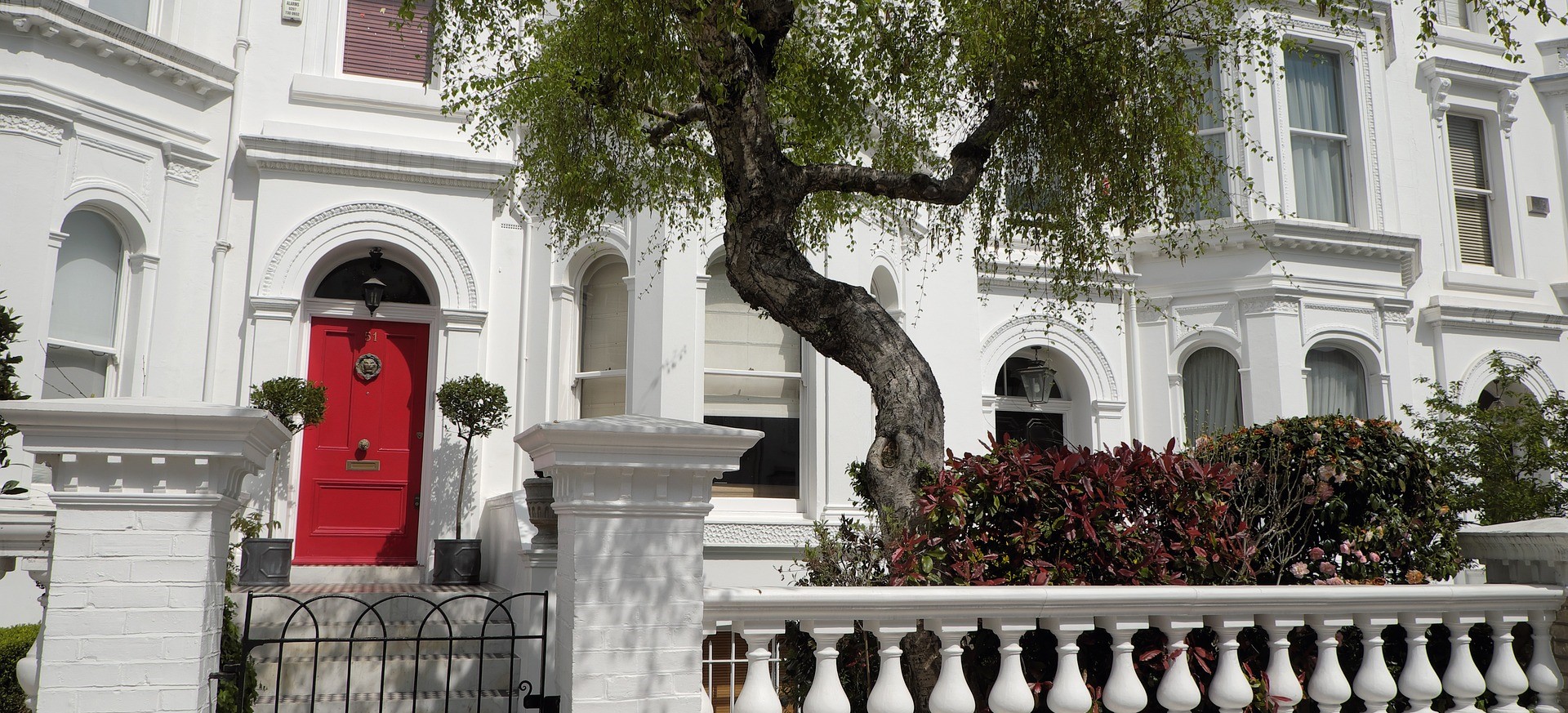
|
||||
The one that got away
I have only ever had one fishing ‘experience’, and it was certainly one of the better ones – a weekend fly fishing on the river Test near Stockbridge, which was a rather idyllic way to spend a couple of days in the early summer. So, what has this got to do with moving to Chelsea? Well, when you work in property there are often a number of times that you let a property ‘get away’, and my biggest error was a flat in Paultons Square in Chelsea. It was 1999 and I found a real do-er upper, a basement two-bedroom flat with a small patio garden to the rear. It was on the market for £110,000, which was right at the top of my budget, so I offered £100,000. Sadly my offer was rejected, and along with it went any hopes of being able to afford to live in Chelsea again – that flat would be worth well over a million pounds by now!
Three hundred years ago Chelsea was a village with a few grand houses dotted around amongst fields and market gardens. The last three centuries have seen huge changes, including the development of Hans Town by Charles ‘Sloane’ Cadogan. Then there was significant rebuilding of the area in the famous red brick ‘new Queen Anne’ style, followed by more recent developments such as the Saatchi Gallery and Cadogan Hall, along with the rise of the King’s Road as the centre of the swinging 60s.
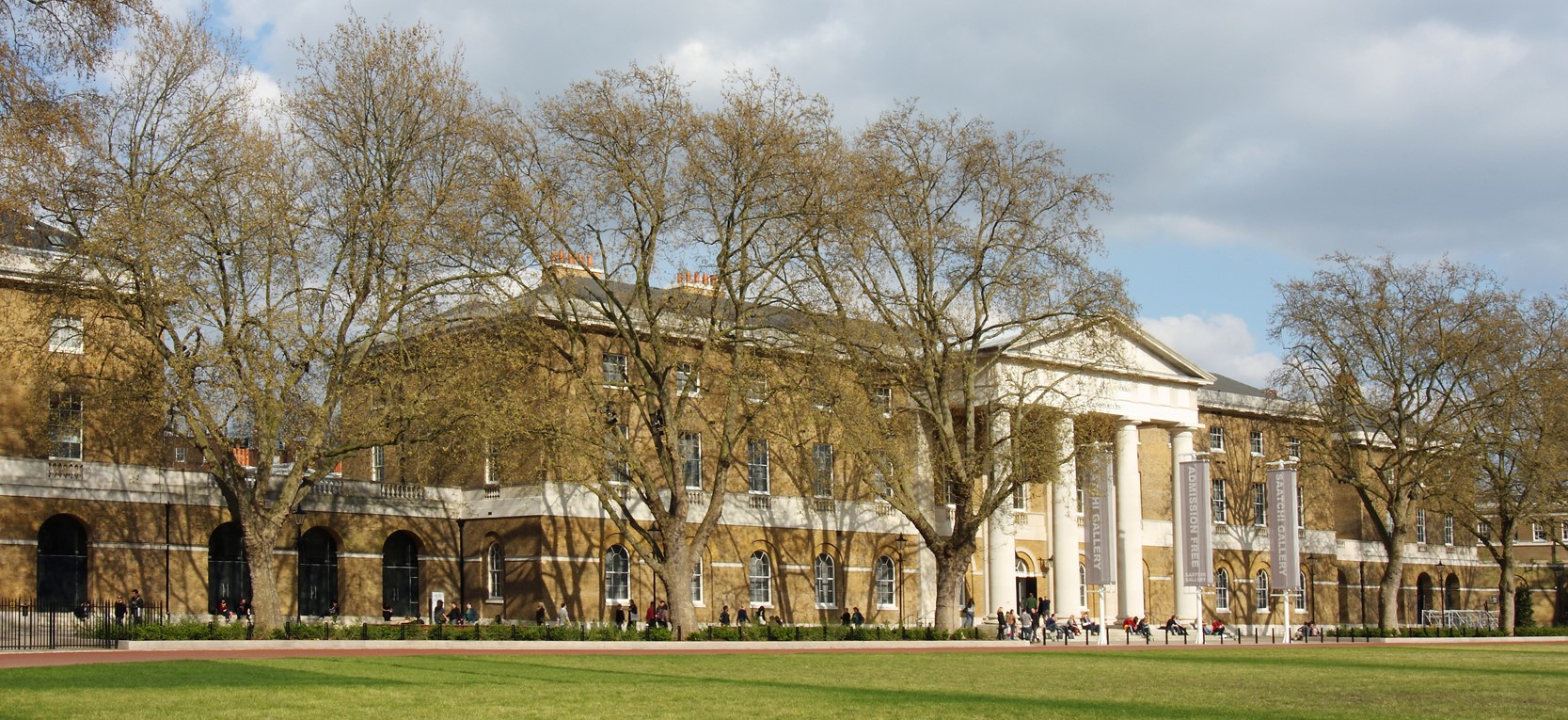
Photograph by Matthew Booth
The swinging sixties

Royal Hospital Chelsea
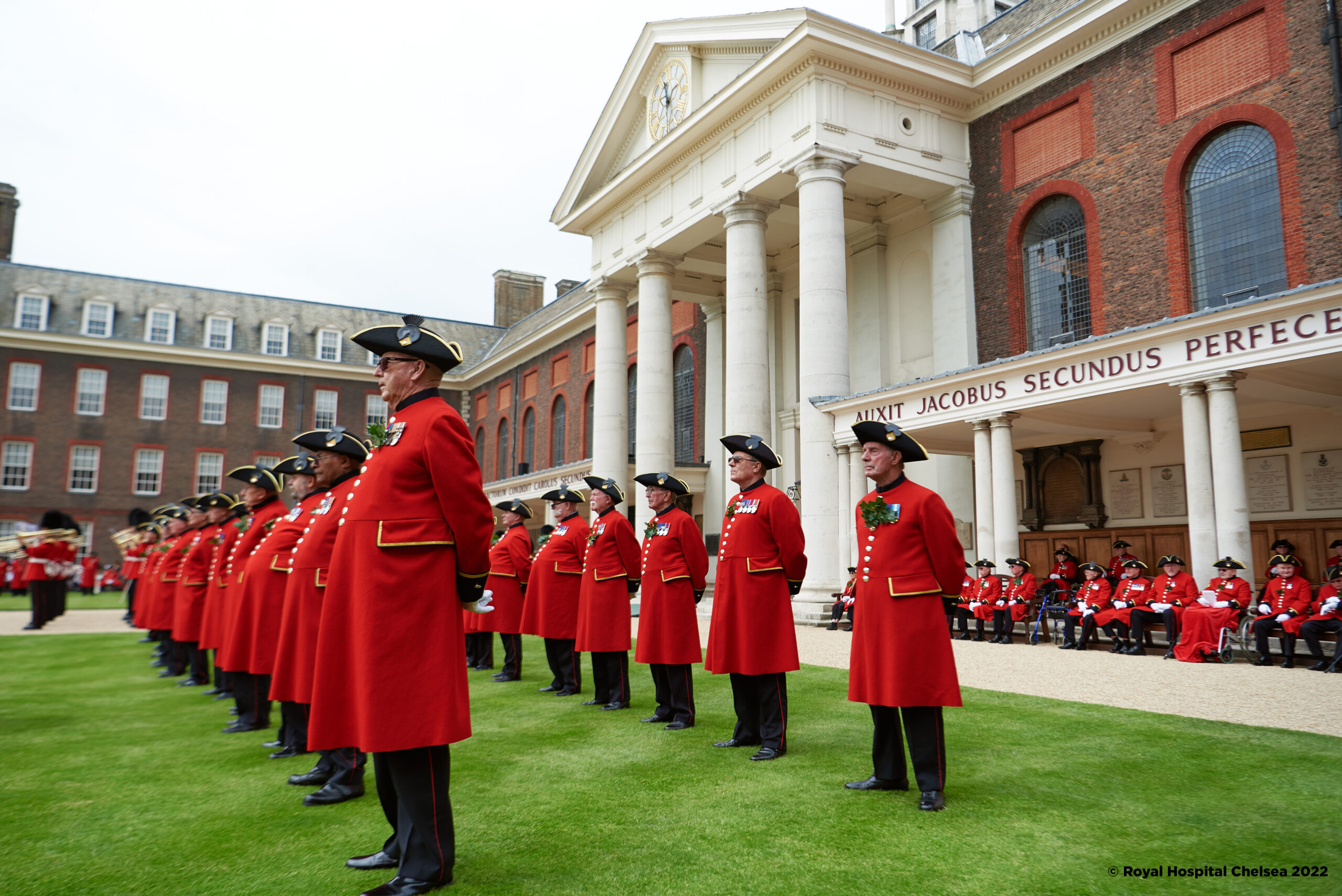
Albert Bridge
My first ever lettings deal was at number 9 Oakley Street, a two-bedroom basement flat that, if my memory serves me, I rented out for £250 a month. Sticking with the southern edge of Chelsea, no visit to the area should miss the wonderful Albert Bridge, especially at night as it is illuminated by some 4,000 LED lights. Constructed in 1873, but within years declared to be structurally unsound, it’s one of only two road bridges in London never to have been replaced (the other is Tower Bridge). In an attempt to stabilise it, it is a hybrid of three different bridge types – cable-stayed, suspension and beam for those of you with a Brunel obsession!! It is also the only bridge in London that still has the original tollbooths in place. If you look closely at these you will see the words “All troops must break step when marching over this bridge” a reference to the fact that it was the original ‘wobbly’ bridge – a century before the name was reused on the famous Millennium Bridge linking Bankside with the City of London. A final fun fact is that it is the second quietest bridge in terms of vehicular traffic, and therefore one of the best bridges to use when heading south – this is due to the steel width restrictors that prevent the majority of trucks, vans or buses from using it.
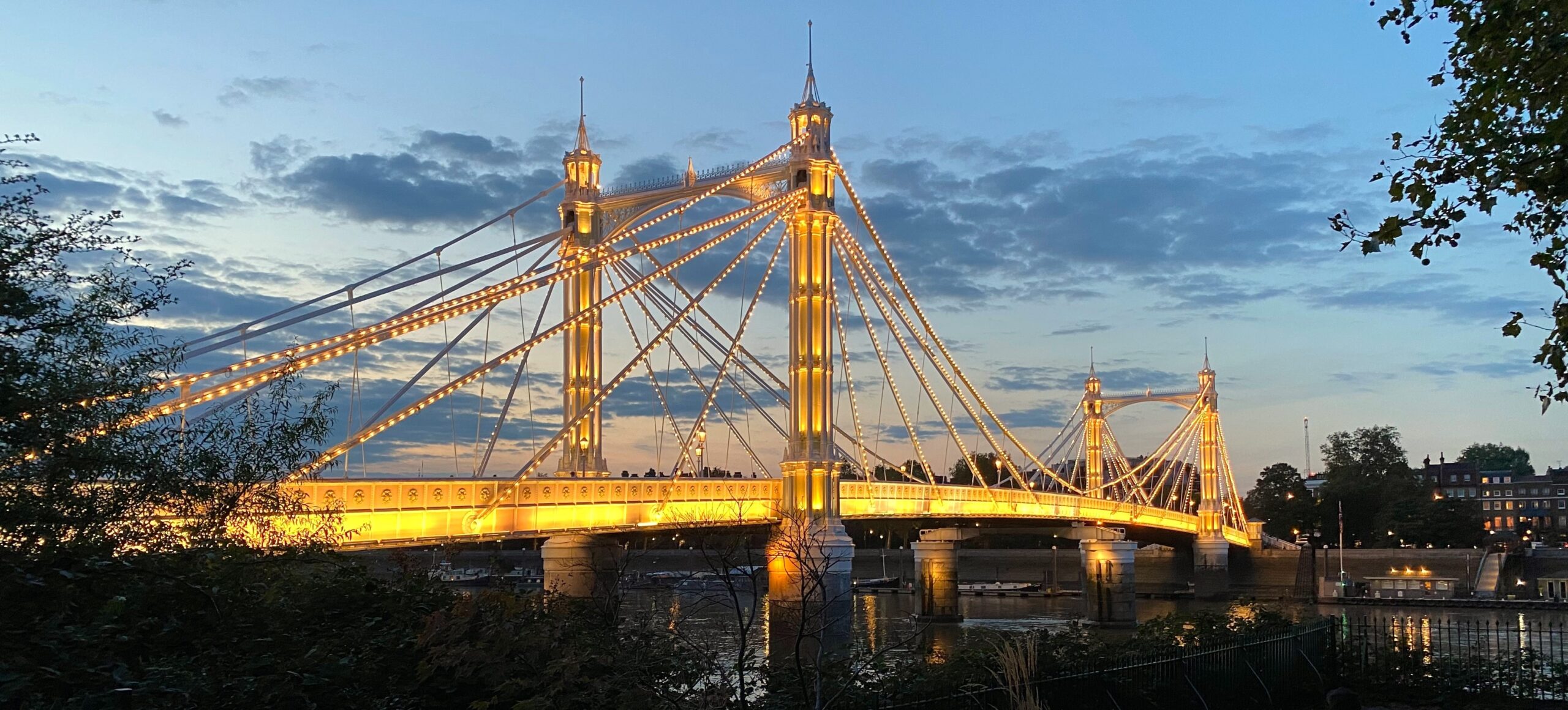
Transport
Sticking with the topic of travel, Chelsea is well served by public transport to help you get around London including numerous bus routes and the underground at Sloane Square. The Crossrail 2 project promised to add an additional station halfway down King’s Road, but the whole scheme has been mothballed by Transport for London due to its financial crisis and pandemic-related losses. There is however one particular feature that can be enjoyed by Chelsea residents, and that is commuting via the Thames. The Uber boats by Thames Clippers are a brilliant way to travel from the piers at either Chelsea Harbour or Cadogan Pier, and go door to door as far as Canary Wharf, or if you change at London Bridge, as far as Barking Riverside. As our offices are in Chelsea Harbour I can testify that the service is first class, and much less stressful that driving or taking other means of public transport.
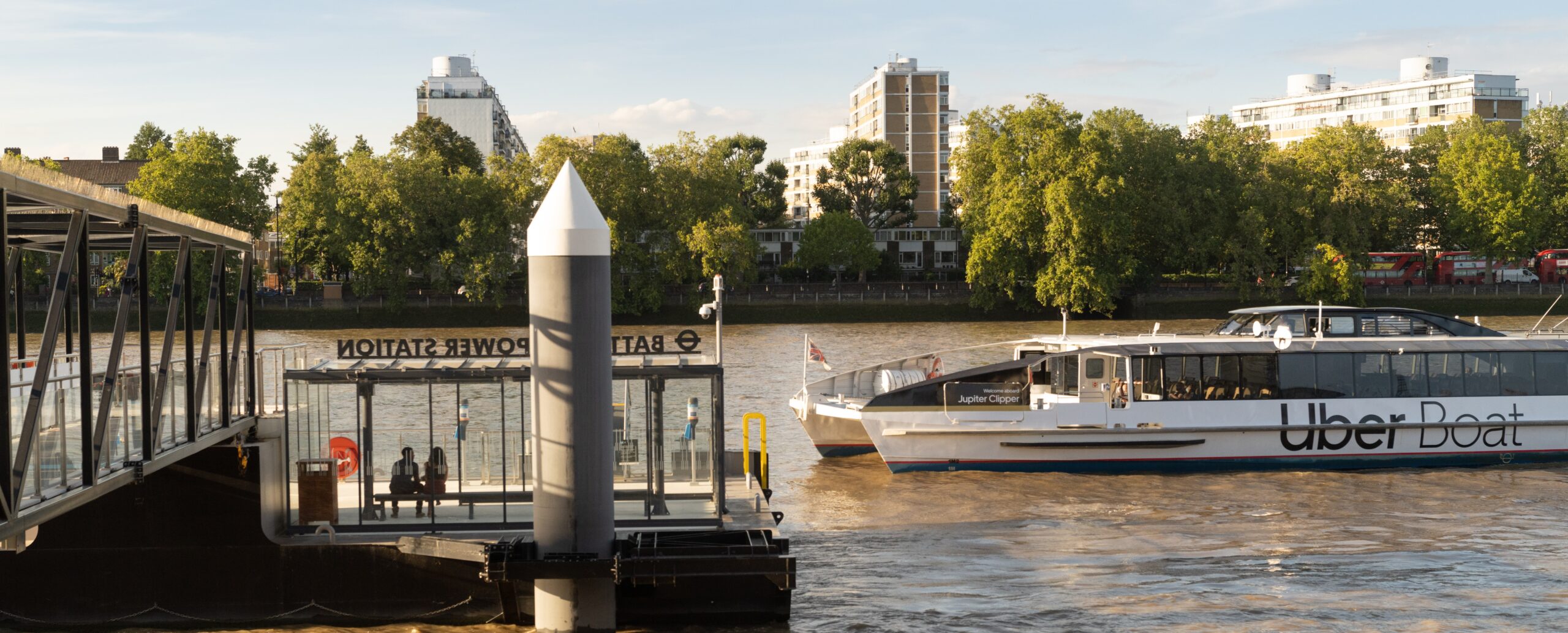
Chelsea Football Club
No article on Chelsea would be complete without mentioning Chelsea Football Club. As I’m not a big football fan I won’t try and comment on players or silverware, but even I have heard of Roman Abramovich. Abramovich bought the club for £60m in 2003 from Ken Bates (Bates himself had bought it for £1 in 1982), and set about reinventing the club. His first act was to pay off most of its £80m debt, followed by splashing out a further £100m on new players. Astonishingly, the club didn’t turn a profit in the first ten years of his ownership. He also started the premier league’s ruthless approach towards under-performing managers, going through 12 of them in 20 years, costing himself around £90m in the process. Mind you, that is dwarfed into insignificance by the cost of new players – some £2bn to date. Following the events in Ukraine earlier this year, Abramovich was sanctioned by the UK government and forced to sell the club to an American consortium, having had to write off a further £1.5 billion the club owed to him personally. I have had some wealthy clients over the years, but that sort of loss would have certainly made them all grimace.

Made in Chelsea
Finally, you may have heard of the TV programme “Made in Chelsea”, which first aired in 2011 and is now in its 23rd series. I have never actually watched it, but I am reliably informed by some of the younger generation in our office that apparently it does, at least to some extent, reflect a small section of the type of younger people that you may come across when living in the area. In fact, one young woman in the Obbard office was actually asked if she would like to be on the show. From a purely selfish point of view, I’m delighted to say that she politely declined…
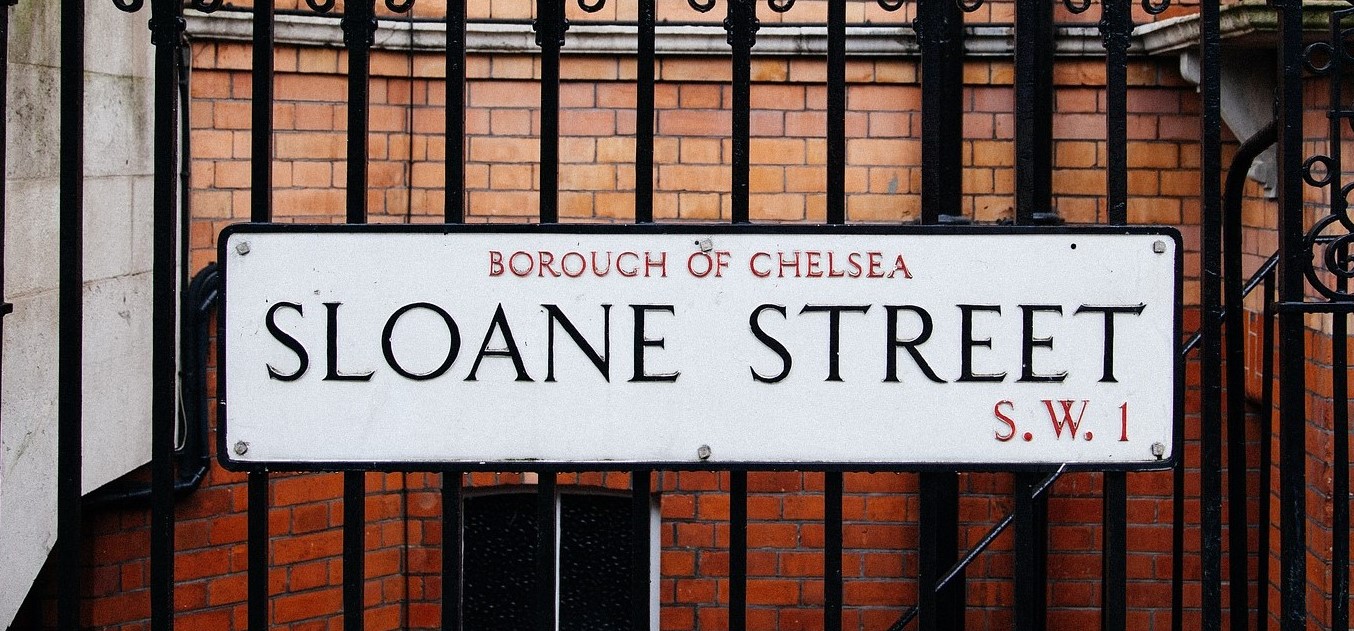

| NOTE: The opinions expressed are solely those of the author and are not intended to offer any advice, formal or otherwise, on the nature of property investment. All the information is provided in good faith for general interest only. Recipients who have not formally appointed Obbard are advised to seek independent professional advice and to satisfy themselves on the state of the market, the opportunities and risks. |





